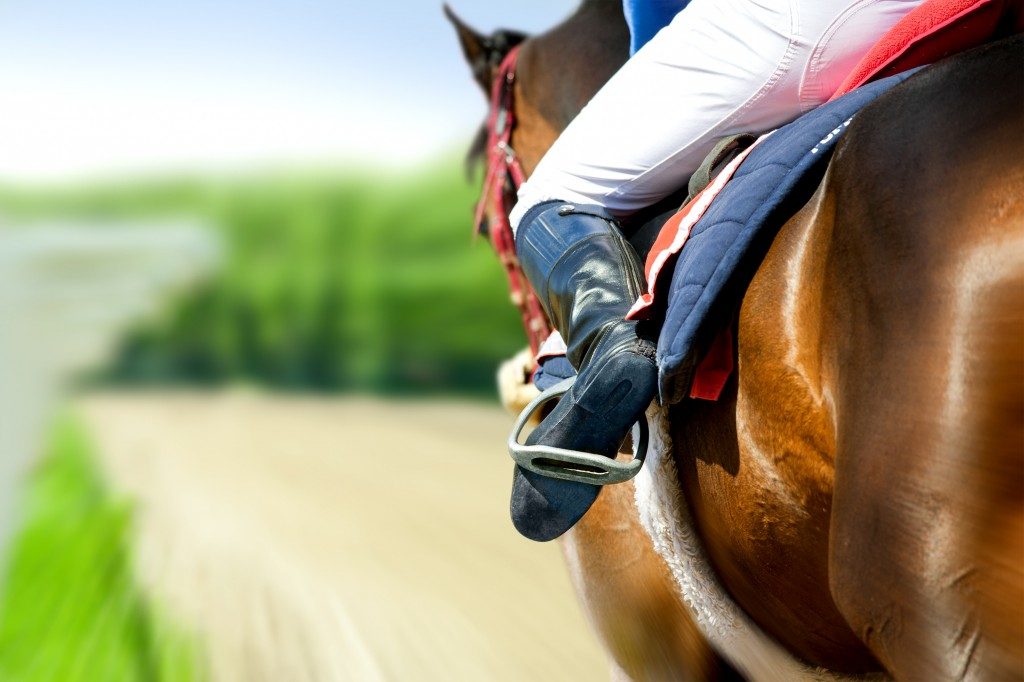Equine therapy has become increasingly well-known, considering its wide range of benefits to people. Many studies have shown the positive effects of this therapy on children in the following areas: assertive communication skills, emotional awareness, stress tolerance, independence and increased social competence, among many others. With all these benefits on the table, it is no surprise that many parents are introducing their children to the joys of horse ownership. But it is important to instill a healthy sense of respect for potential dangers around horses. Here are a set of safety rules for handling horses:
Approach a horse by its shoulder
It is important to let a horse know of your presence before approaching it. A low, soothing voice helps the horse understand that there is no threat. Approach the horse by its shoulder to avoid its blind spots, which are directly in front of it or behind it.
In the same way, always stand near the shoulder or next to the hindquarters when grooming or brushing its tail or mane. Make sure that the horse knows where you are by either speaking to it or keeping a hand on its body as you move around it. When walking behind it, either go far enough away that you are not in its kicking range or get close enough to brush against it while keeping your hand on its body. This is to avoid a full blow should it decide to kick.
Do not try to outpull a horse
To avoid being dragged by a horse, never wrap the horse reins or any equipment that is attached to the horse around your hand, wrist, or body. Instead, fold the reins back and forth and grab the middle of the folds. Always remember that the horse is always stronger than you, so never attempt to outpull it when you are leading it.
Avoid making sudden movements
Avoid making any unusually loud noises or sudden movements that will startle a horse. Even a gentle, well-trained horse will kick when startled or frightened. Everyone knows that a horse’s kick can be serious.
Do not tease during feeding time

Horses can get aggressive during feeding time. They can get possessive with their food. Horses have powerful jaws, and their bites can leave a nasty scar. When feeding, give big apple or carrot chunks from the palm of a flattened hand to avoid being nipped. Unless you know the horse pretty well, an even much better idea for feeding food treats is to put these in a bucket prior to feeding these to the horse. Additionally, avoid keeping small treats in your pockets as horses will smell these and try to find them with their mouths.
Always wear essential safety gear
Many injuries can happen when handling a horse even from the ground. When working near horses, always wear proper footwear such as boots or hard-toed shoes and a helmet.
In a nutshell, when dealing with horses, it is always for everyone’s best interest to stay calm and collected. A nervous handler makes a nervous horse.

